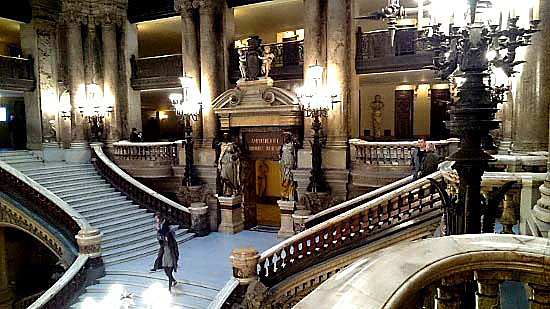IT BEGAN AS PROCESSIONS THAT ROYALS LED
(FROM ABOUT 1560)
Louis XIII and Anne of Austria conducted them or observed the ritualized dances that followed:
The Ball by Abraham Bosse, 1634 / zoom
Maurice Leloir in Richelieu by Théodore Cahu, 1901, a history of France for children
They were allegories about royals that young members of the court performed. In his youth Louis XIV, an excellent dancer, starred in the role that led to the name of "Sun King."
Maurice Leloir in Le Roy-Soleil by Gustave Toudouze, 1931
Later he established the first school for ballet and ordered that a performance be inserted after the second act of every opera produced at court.
The Man with the Iron Mask by R. Wallace with Leonard Dicaprio as Louis (1998) and Le roi danse by G. Corbiau (2000)
Ritualized dance was part of court life until the end of the Old Regime:
The Princess of Navarre by Nicolin Cochin, 1745 / zoom
# # #
The Opéra continued the royal tradition, with a ballet after the second act of every opera. All Degas's dancers were "Opéra girls:" The city had no other ballet.
 |
 | Shown at the exhibit Degas at the Opéra at the musée d'Orsay (2019)
|
|
Their interludes are the link
between court dance and cabaret floor shows,
which also began in Paris.
* * *
















.JPG)












.JPG)






